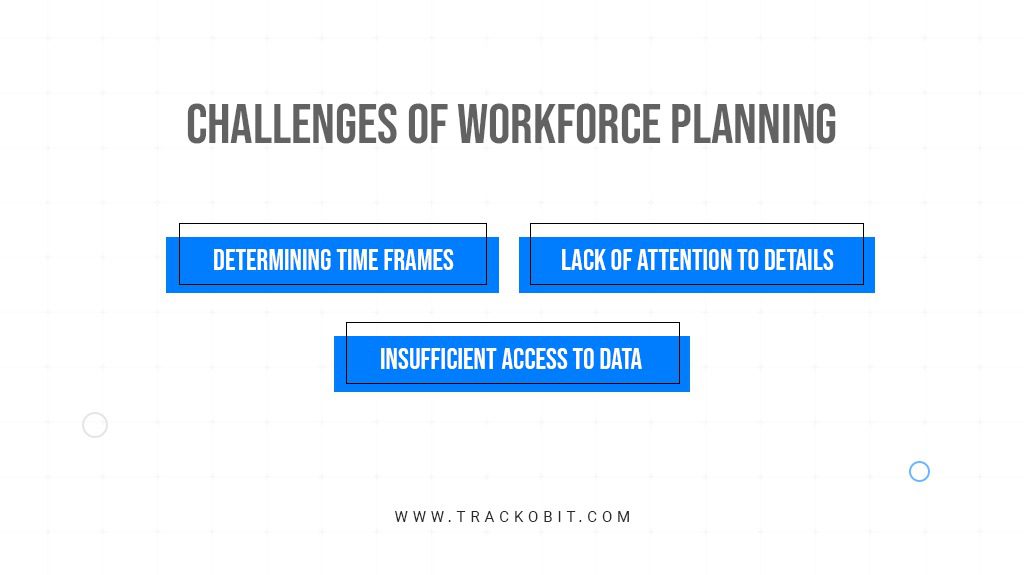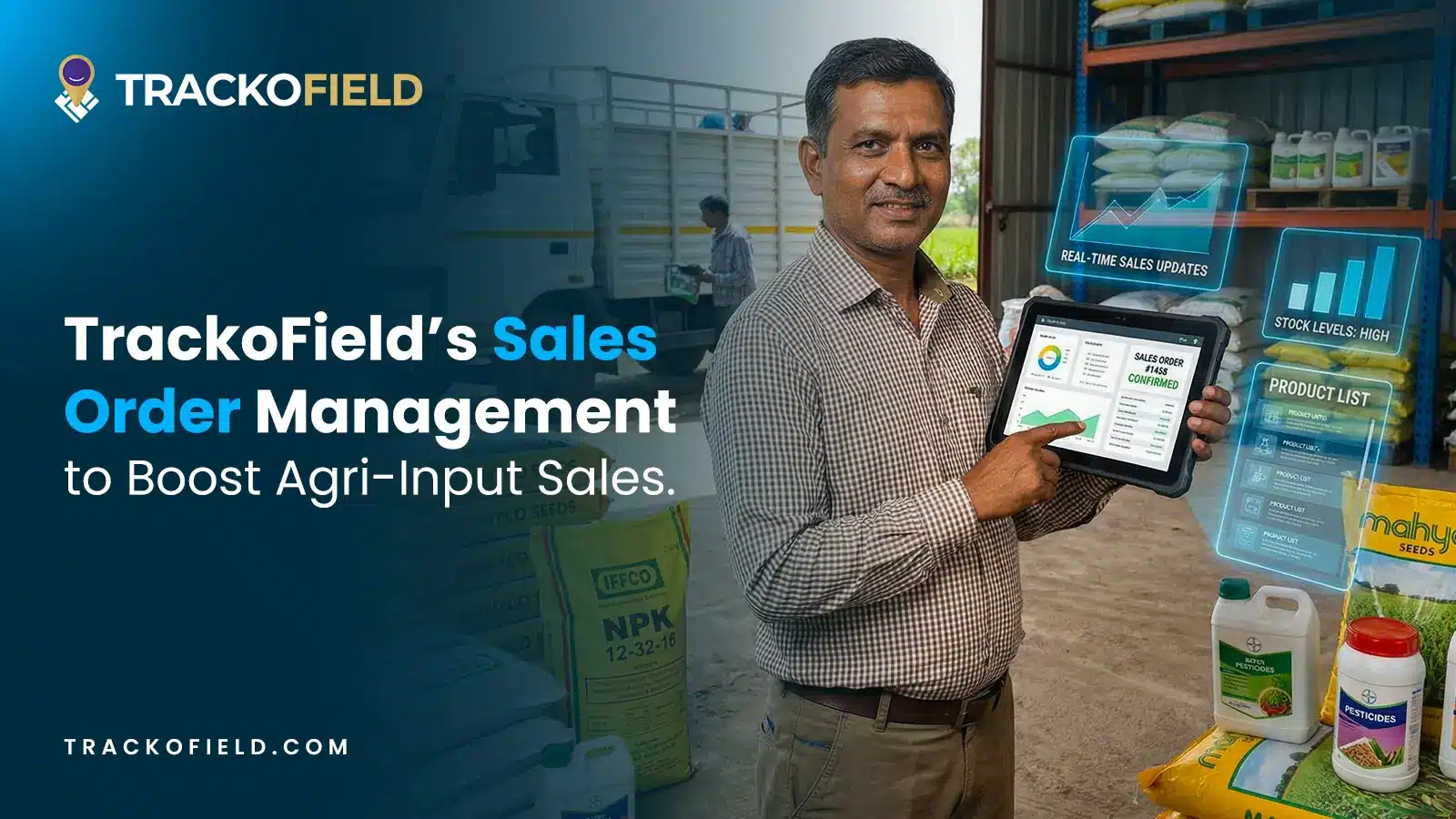-
TrackoBit
Manage commercial vehicles with the new-age Fleet Management Software
TrackoBit -
TrackoField
Streamline your scattered workforce with Field Force Management Software
TrackoField -
Features Resources
-
Blog
Carefully curated articles to update you on industrial trends. -
White Paper
Insightful papers and analysis on essential subject matters. -
Glossary
Explore an alphabetical list of relevant industry terms. -
What’s New
Get TrackoBit & TrackoField monthly updates here. -
Case Study
Explore the cases we solved with our diverse solutions. -
Comparisons
Compare platforms, features, and pricing to find your best fit.
-
About Us
Get to know TrackoBit: our team, ethos, values, and vision. -
Careers
Join the most dynamic cult of coders, creatives and changemakers. -
Tech Support
Learn about our technical support team and services in detail. -
Events
Check out the exhibitions where we left our marks and conquered. -
Contact Us
Connect with us and let us know how we can be of service.
How To Improve Workforce-Planning Challenges With AI
- Author:Tithi Agarwal
- Read Time:7 min
- Published:
- Last Update: October 31, 2023
Table of Contents
Toggle
The only way to improve workforce planning challenges is through AI. That is because it provides vital data, enhances productivity and ensures even workload distribution.
Table of Contents
Toggle
Workforce management and planning are much more intricate and complicated. Not at all like the Goa trip planning we do every year. This workforce planning must be intact and executed seamlessly.
And there is no harm in asking for help. AI-enabled workforce management software will only help and not leak out your secrets. With its help, your workforce planning will be flawless like a diamond.
AI brings a long-needed transformation in the form of workforce management software. Offering a lot more than planning and scheduling. With its help, you can deploy the right employee for the right job.
What is Workforce Management?
Workforce Management
(wɜːʳkfɔːʳs mænɪdʒmənt) 🗣️
Noun
It is an integrated set of processes that businesses adopt to optimise the productivity of the employees. The process involves effectively forecasting and allocating resources to employees and projects.
And when done through software, its effectiveness amplifies multi-folds. Technology like workforce management software can help businesses improve employee retention, increase customer satisfaction and create a positive financial impact.
Read Blog – What is Workforce Management Software?
Why Do Organisations Need Workforce Planning
Workforce planning is the initial and the most important step of the process. It ensures that the right employee is available for the right job at the right location with the right competencies.
Reduce Labor Costs
Employing a workforce is the highest cost, next to manufacturing.
Labour costs can be as high as 60% of expenses.
But with proper planning, these costs can be reduced while increasing flexibility for continued success.
Identify Relevant Strategies
Not only people but businesses change as well. And because of this, people around and strategies have to be revised. Identifying talent gaps and devising methods to fill those gaps is a core function of workforce planning.
Improve Employee Retention
Employee turnover can be expensive. It is time, money and effort taxing as finding and training a suitable employee can take up to months. But with workforce planning, you get to utilise the potential of your available employees optimally. This reduces the chances of job dissatisfaction.
Enhance Productivity and Quality Outputs
Through proper planning and execution, managers are able to detect problems that are negatively affecting their employees’ productivity. For instance, uneven workload distribution can be why one of your employees is overworked and another is bored.
Boost Employees’ Work-life Balance
Workforce planning revolves around employees. Without employees, all plans get washed away. With flawless planning, you get to utilise your employees’ 40-hour week. And in the process, ensure that the tasks are completed during work hours and not after.
What Are The Challenges of Workforce Planning?
Workforce planning sounds pretty easy. Recognising your strengths and weaknesses and using that knowledge to formulate an effective plan and strategy. But there exist some challenges that are preventing you from formulating a flawless plan and executing it.
Determining Time Frames
It’s common for managers to plan everyday targets, but what businesses thrive on are long-term goals. But with a lack of real-time metrics and reports, there is no way you will be able to see immediate results.
But workforce management software can be your go-to guy. It can help you plan, collect, track and analyse data to get a bigger picture. This will help to determine whether your plan is working or not.
Lack of Attention to Details
The main job of planning is to be able to distinguish one job from another. The challenge lies in deciding how different the two are from each other.
Managers can differentiate the job based on a department or an individual’s expertise. Deciding on the broadness or narrowness of thesis distinction is holding managers back from effective planning.

Insufficient Access to Data
Manual forecasting methods are full of errors and not competent enough to provide real-time data. Traditional forecasting tools can’t predict department turnover or the efficiency of employees.
This leads to the incapability of determining investments that will benefit in the long run becoming impossible.
Importance of AI in Workforce Management Software
Workforce planning is actually a lot of time and effort-consuming if done manually. But by using AI-enabled workforce management, the whole process can be speeded up and optimised.
With AI integrated into workforce management software, it will automate and augment various tasks. These tasks could be from planning, scheduling to budgeting and managing employees.
| 48% of companies have already started utilising artificial intelligence and machine learning technologies or are planning to utilise them within the next twelve months. |
Organisations leverage employee data using AI for various functions such as analytics, predictive analytics for future requirements, and much more.
One of the use cases can be using AI to match employees’ skills with probable future projects. Companies can even put AI to use for customised hiring and training proposals.
How to Improve Workforce Planning with AI
AI-enabled workforce management software, when put to use, there is no force stopping you from mapping out a flawless and effective plan (chef’s kiss).
Calculating Accurate Resource Requirement
Improper planning leaves the employees either overburdened or under-allocated with tasks. One reason could be that managers hardly have any time to allocate tasks and pay attention to details properly. That may cause employees to face burnout, delay in completion of tasks, underutilised time and wasted work hours.
But with AI-enabled workforce management software, no such thing happens. This is because it accurately analyses the resource requirement and also foresees future demands. With this knowledge, it created a flexible schedule for the employees.
Utilisation of Skills
If not appropriately planned, there are high chances of employees’ skills going underutilised. What you need to do is to harness and utilise their skills optimally.
Predictive analytics solutions are the right solution to this problem. It can determine the correct allocation of resources for tasks on timeline and skills. With a mix of automation and predictive analysis, managers can allocate tasks and resources to employees just right.
Optimisation of Resource Costs
Resource optimisation and time management is a must for organisations striving to keep operation costs low to maximise profits. It is important to balance utilising resources at hand and setting a proper timeline for tasks.
AI aids in matching the resources to demands and meeting time and cost criteria in a project. Using it, managers can assign resources optimally to tasks that will help with timely deliveries within budget.
Enhancement of Employee Productivity
Employee productivity is the deciding factor that influences project delivery and revenue. Thus organisations strive to improve the productivity levels of the employees. AI comes to play during resource allocation, as it can prevent sudden changes in workforce planning through predictive analysis.
Lowering Turnover
With AI-powered workforce management software, organisations can offer flexibility. This will allow you to plan the workforce’s schedules flexibly; they can work remotely, hybrid and according to their preference. That will allow them to work efficiently and result in lower turnover.
Fair Performance Evaluation
With the help of AI-based workforce management software, you have a silo of data that is even helping to automate employee performance evaluation. Since it is being done through AI, there is no way it will be biased or subjective. Rather it depends on leveraging big data and generating insights on the performance.
With fair evaluation, it boosts employee morale and hence lower employee turnover.
Plan Your Employees’ Schedules with TrackoField
Above, we discussed how important workforce planning is. And how will faulty planning have a negative effect on your employees, business and profits? But we did not stop there. We have discussed a dynamic solution to the problem AI-enabled workforce planning software.
TrackoField offers workforce planning with a whole set of features and solutions that are automation enabled. This will leave no stone unturned in ensuring the planning is relevant, productive and flawless.
Tithi Agarwal is an established content marketing specialist with years of experience in Telematics and the SaaS domain. With a strong background in literature and industrial expertise in technical wr... Read More
Related Blogs
-

Unified Field Workforce Dashboard: Monitor Tasks, Attendance & More In One Place
Mudit Chhikara December 15, 2025Bring full clarity to field operations with a single, real-time field workforce dashboard.
-

Loan Disbursement in NBFCs: From 15 Days to 3 Minutes – Learn How
Shemanti Ghosh December 11, 2025TrackoField’s AI-enabled field force automation software speeds up loan disbursals in NBFC with field agent task monitoring and facial attendance…
-

AI Facial Recognition Attendance: A Game-Changer for Fraud-Free Field Operations
Mudit Chhikara December 9, 2025Ensure transparent attendance and eliminate fraud before it even starts with AI facial recognition and geofencing.
-

Boost Agri-Input Sales Efficiency with TrackoField’s Sales Order Management Module
Shemanti Ghosh December 3, 2025Grow Agri-input sales and expand farmer database with TrackoField’s Sales Order Management module.

Subscribe for weekly strategies to boost field team productivity.
Your inbox awaits a welcome email. Stay tuned for the latest blog updates & expert insights.
"While you're here, dive into some more reads or grab quick bites from our social platforms!"Stay Updated on tech, telematics and mobility. Don't miss out on the latest in the industry.
We use cookies to enhance and personalize your browsing experience. By continuing to use our website, you agree to our Privacy Policy.


































